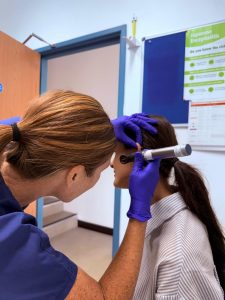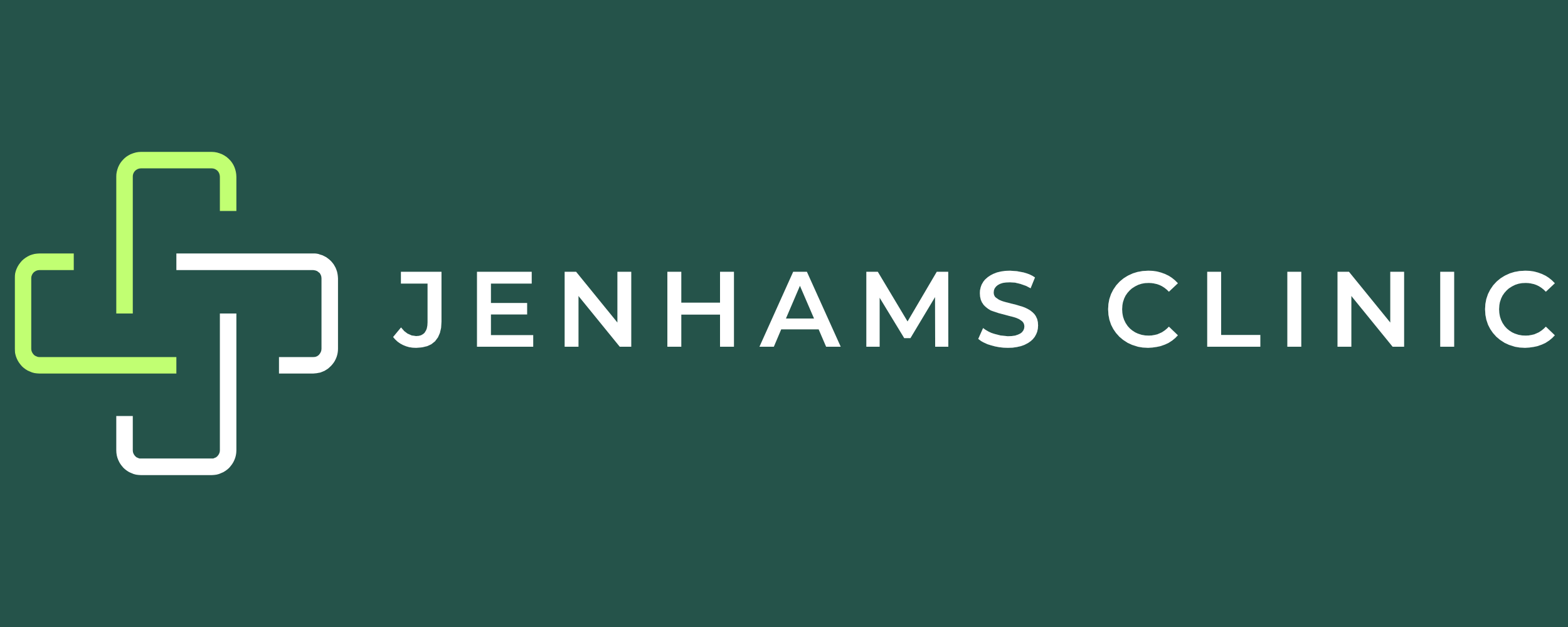

This examination is free of charge if wax is present and can be removed at the same visit.
HOME VISITS ARE AVAILABLE ON REQUEST (CALL OUT CHARGES APPLY)
At Jenhams Clinic in Dorking, Surrey, we provide fast, clinician-led earwax removal using gentle electronic ear irrigation (also known as ear cleaning). If you need to remove ear wax from the ear safely, our clinicians will examine your ears, confirm suitability and explain the process and aftercare. Same day appointments, clear prices and careful preparation advice help you hear clearly and comfortably again.
With many years of experience in primary healthcare, we understand the importance of clearing blocked ear wax—particularly before activities such as flying or diving, where pressure changes can cause discomfort or even pain. That said, you don’t need to be travelling to benefit from this service; we’re here to help whenever wax build-up becomes an issue.

Earwax (also called cerumen) protects the ear canal by trapping dust, debris, and other particles. Normally, wax moves slowly toward the ear opening and is naturally expelled or washed away.
However, some people produce more wax than others, and as we age, ear wax tends to become drier and less able to exit the ear on its own.
Ear wax builds up and hardens into a plug (wax inside the ear), causing blockage or discomfort. Our clinicians assess each ear and remove earwax safely when treatment is appropriate.
Modern earwax removal uses a controlled electronic irrigation unit to wash softened wax from the ear canal. This is safer and more comfortable than old-style syringing. If another method would be better for you, we’ll advise before we begin.
Irrigation involves gently flushing the ear canal with warm water using specialised equipment designed to reduce discomfort and ensure safety.
To prepare for this procedure, we recommend using olive oil drops (or a suitable alternative) in the affected ear(s) twice daily for 5–7 days prior to your appointment. This softens the wax and makes removal more effective and comfortable.
If you are planning to travel, we advise having your ears checked and irrigated at least one week before your departure.
According to NICE guidance (March 2021), electronic ear irrigation can be safely used for ear wax removal when carried out by trained and experienced practitioners—which is exactly what we offer at Jenhams Clinic.
Irrigation uses a pumped spray of water – normally pulsing at a controlled pressure.
For irrigation ear wax removal, we use a ‘Guardian ProJet’ irrigation unit as they offer good reliability and performance.
These devices exert a pulsing spray of water into the ear to flush out softer wax. The water should be warm.
Irrigation is perfectly safe if the clinician appropriately controls the water flow pressure and angle of spray. All of our clinicians have received specialised training in ear irrigation.
We’re based in Dorking, Surrey, and regularly see patients from Reigate, Leatherhead, Guildford, Epsom, Woking and nearby areas.

45 South Street,
Dorking,
Surrey,
RH4 2JX